Transcription of Complex Analysis Lecture Notes - UC Davis Mathematics
1 Complex Analysis Lecture NotesDan created these Notes for the courseMath 205A: Complex AnalysisItaught at UC Davis in 2016 and 2018. With a few exceptions, the expositionfollows the textbookComplex Analysisby E. M. Stein and R. Shakarchi (Prince-ton University Press, 2003). The Notes were not heavily vetted for accuracy andmay contain minor typos or errors. You can help me continue to improve themby emailing me with any comments or corrections you am grateful to Jianping Pan, Anthony Nguyen, Christo-pher Alexander, Brynn Caddel, Jennifer Brown, and Brad Velasquez for com-ments that helped me improved the Notes .
2 Figure 5 on page 23 was created byJennifer Analysis Lecture NotesDocument version: April 20, 2018 Copyrightc 2018 by Dan RomikEmail comments and feedback figure: a heat map plot of the entire functionz7 z(z 1) z/2 (z/2) (z).Created withMathematica 10using code by Simon Woods, available Introduction42 The fundamental theorem of algebra53 Analyticity, conformality and the Cauchy-Riemann equations84 Power series125 Contour integrals156 Cauchy s theorem187 Consequences of Cauchy s theorem228 Zeros, poles, and the residue theorem299 Meromorphic functions and the Riemann sphere3210 The argument principle3411 applications of Rouch e s theorem3812 Simply-connected regions and Cauchy s theorem3813 The logarithm function4014 The Euler gamma function4115 The Riemann zeta function4716 The prime number theorem5717 Introduction to asymptotic analysis64 Additional reading7431 Introduction1.
3 Complex Analysis is in my opinion one of the most beautiful areas of mathemat-ics. It has one of the highest ratios of theorems to definitions ( , a very low entropy ), and lots of applications to things that seem unrelated to complexnumbers, for example: Solving cubic equations that have only real roots (historically, this was themotivation for introducing Complex numbers by Cardano, who publishedthe famous formula for solving cubic equations in 1543, after learning ofthe solution found earlier by Scipione del Ferro). Cardano s formula, it can be found that the solutions tothe cubic equationz3+ 6z2+ 9z+ 3 = 0arez1= 2 cos(2 /9) 2,z2= 2 cos(8 /9) 2,z3= 2 sin( /18) 2.
4 Proving Stirling s formula:n! 2 n(n/e)n. Proving the prime number theorem: (n) nlogn. Proving many other asymptotic formulas in number theory and combina-torics, , the Hardy-Ramanujan formulap(n) 14 3ne 2n/3,wherep(n) is the number of integer partitions ofn. Evaluation of complicated definite integrals, for example 0sin(t2)dt=12 2. Solving physics problems in hydrodynamics, heat conduction, electrostat-ics and more. Analyzing alternating current electrical networks by extending Ohm s lawto electrical impedance. Probability and combinatorics, , the Cardy-Smirnov formula in perco-lation theory and the connective constant for self-avoiding walks on thehexagonal lattice.
5 It was proved in 2016 that the optimal densities for sphere packing in 8and 24 dimensions are 4/384 and 12/12!, respectively. The proofs makespectacular use of Complex Analysis (and more specifically, modular forms).4 Figure 1:Print Gallery, a lithograph by Escher which was discovered tobe based on a mathematical structure related to a Complex functionz7 z for a certain Complex number , although it was constructed by Escher purelyusing geometric intuition. See the paperArtful Mathematics : the heritage Escher, by B. de Smit and Lenstra Jr. (Notices Amer. Math.)
6 (2003), 446 457). Nature uses Complex numbers in Schr odinger s equation and quantum fieldtheory. Why? No one knows. Conformal maps, which were used by Escher (though he had nomathematical training) to create amazing art, and used by others to betterunderstand and even to improve Escher s work. See Fig. 1. Complex dynamics, , the iconic Mandelbrot set. See Fig. In the next section I will begin our journey into the subject by illustratinga few beautiful ideas and along the way begin to review the concepts fromundergraduate Complex The fundamental theorem of Fundamental Theorem of nonconstant polynomialp(z) over the Complex numbers has a will show three proofs.
7 Let me know if you see any algebra ..5 Figure 2: The Mandelbrot set. [Source: Wikipedia] (z) =anzn+an 1zn 1+..+a0be a polynomial of degreen, and consider where|p(z)|attains its , note that it can t happen as|z| , since|p(z)|=|z|n (|an+an 1z 1+an 2z 2+..+a0z n|),and in particular lim|z| |p(z)||z|n=|an|, so for large|z|it is guaranteed that|p(z)| |p(0)|=|a0|. Fixing some radiusR >0 for which|z|> Rimplies|p(z)| |a0|, we therefore have thatm0:= infz C|p(z)|= inf|z| R|p(z)|= min|z| R|p(z)|=|p(z0)|wherez0= arg min|z| R|p(z)|, and the minimum exists becausep(z) is a continuousfunction on the discDR(0).
8 Denotew0=p(z0), so thatm0=|w0|. We now claim thatm0= 0. Assume bycontradiction that it doesn t, and examine the local behavior ofp(z) aroundz0;more precisely, expandingp(z) in powers ofz z0we can writep(z) =w0+n j=1cj(z z0)j=w0+ck(z z0)k+..+cn(z z0)n,wherekis the minimal positive index for whichcj6= 0. (Exercise: why can weexpandp(z) in this way?) Now imagine starting withz=z0and traveling awayfromz0in some directionei . What happens top(z)? Well, the expansion givesp(z0+rei ) =w0+ckrkeik +ck+1rk+1ei(k+1) +..+cnrnein .6 Whenris very small, the powerrkdominates the other termsrjwithk < j n, ,p(z0+rei ) =w0+rk(ckeik +ck+1rei(k+1) +.)
9 +cnrn kein )=w0+ckrkeik (1 +g(r, )),where limr 0|g(r, )|= 0. To reach a contradiction, it is now enough to choose so that the vectorckrkeik points in the opposite direction fromw0, that is,such thatckrkeik w0 ( ,0).Obviously this is possible: take =1k(argw0 arg(ck) + ). It follows that, forrsmall enough,|w0+ckrkeik |<|w0|and forrsmall enough (possibly even smaller)|p(z0+rei )|=|w0+ckrkeik (1 +g(r, ))|<|w0|,a contradiction. This completes the the last details of the proof (for whichrare the inequalitiesvalid, and why?) Note that Complex Analysis is part of Analysis you needto develop facility with such estimates until they become second (0).
10 Ifw0= 0, we are done. Otherwise considerthe image underpof the circle|z|=r. Specifically:(a) Forrvery small the image is contained in a neighborhood ofw0, so itcannot go around the origin.(b) Forrvery large we havep(rei ) =anrnein (1 +an 1anr 1e i +..+a0anr ne in )=anrnein (1 +h(r, ))where limr h(r, ) = 0 (uniformly in ). As goes from 0 to 2 , thisis a closed curve that goes around the originntimes (approximately in acircular path, that becomes closer and closer to a circle asr ).As we gradually increaserfrom 0 to a very large number, in order to transitionfrom a curve that doesn t go around the origin to a curve that goes around theoriginntimes, there has to be a value ofrfor which the curve crosses 0.


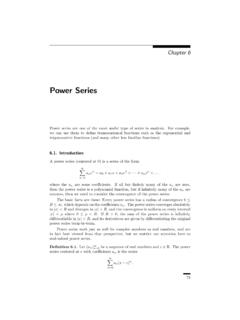
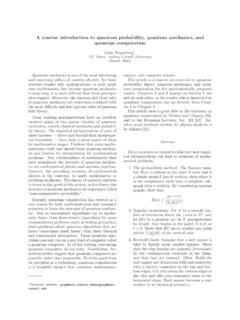
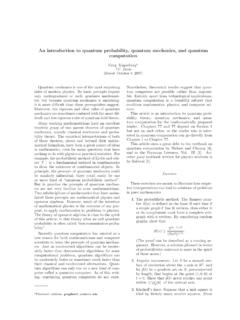
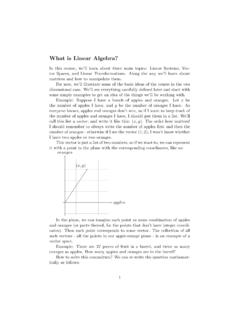
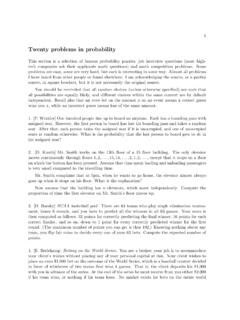
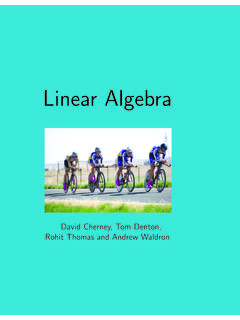
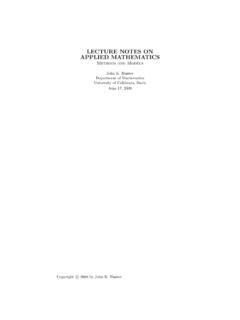

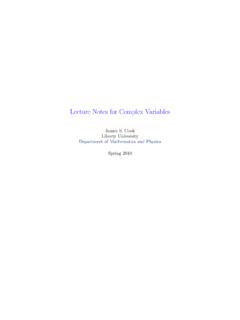

![[Ablowitz, Fokas] Complex Variables - UCM FacultyWeb](/cache/preview/7/7/2/e/8/0/e/7/thumb-772e80e77b77db8dace963a7f9fc71a6.jpg)






